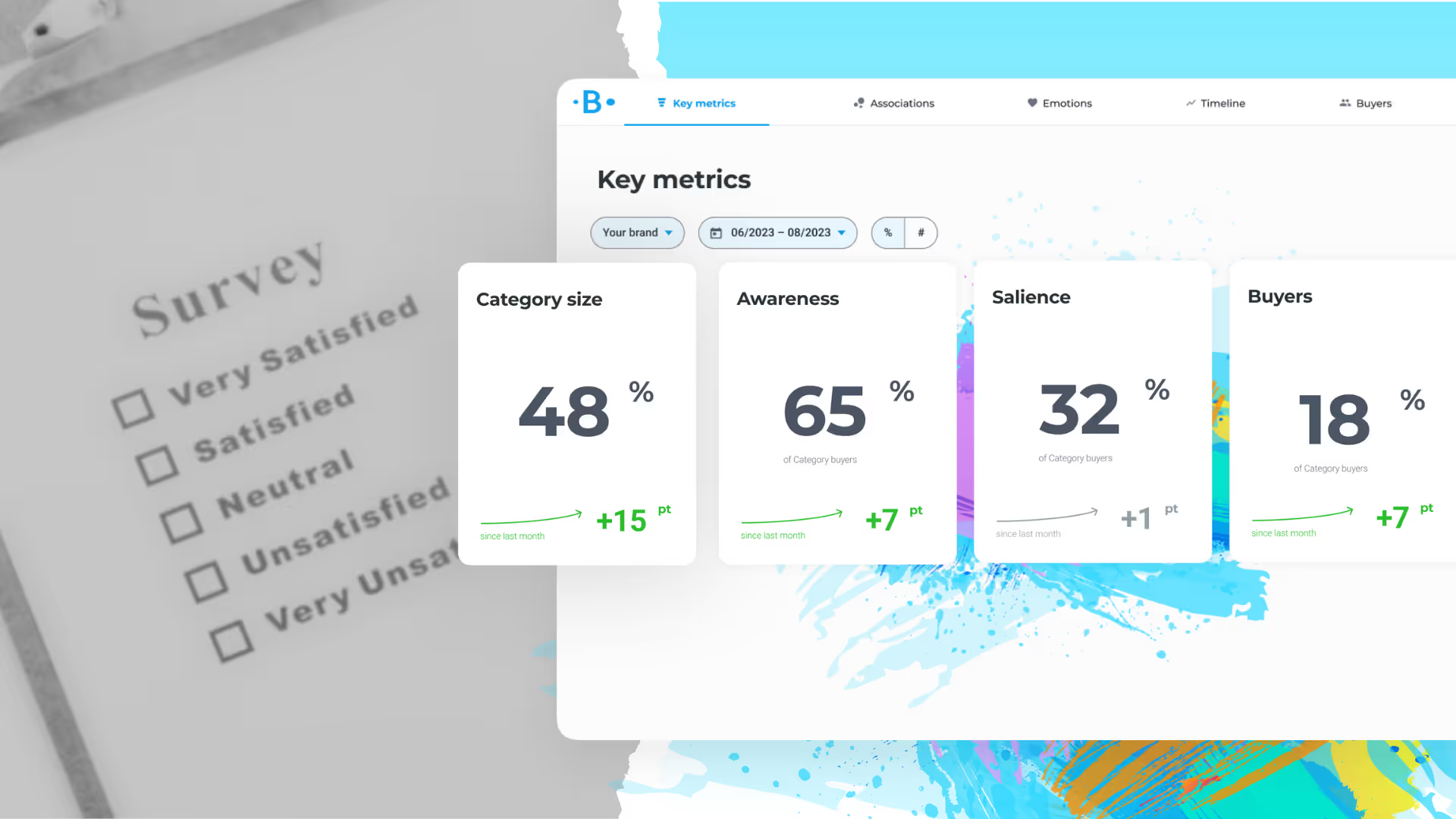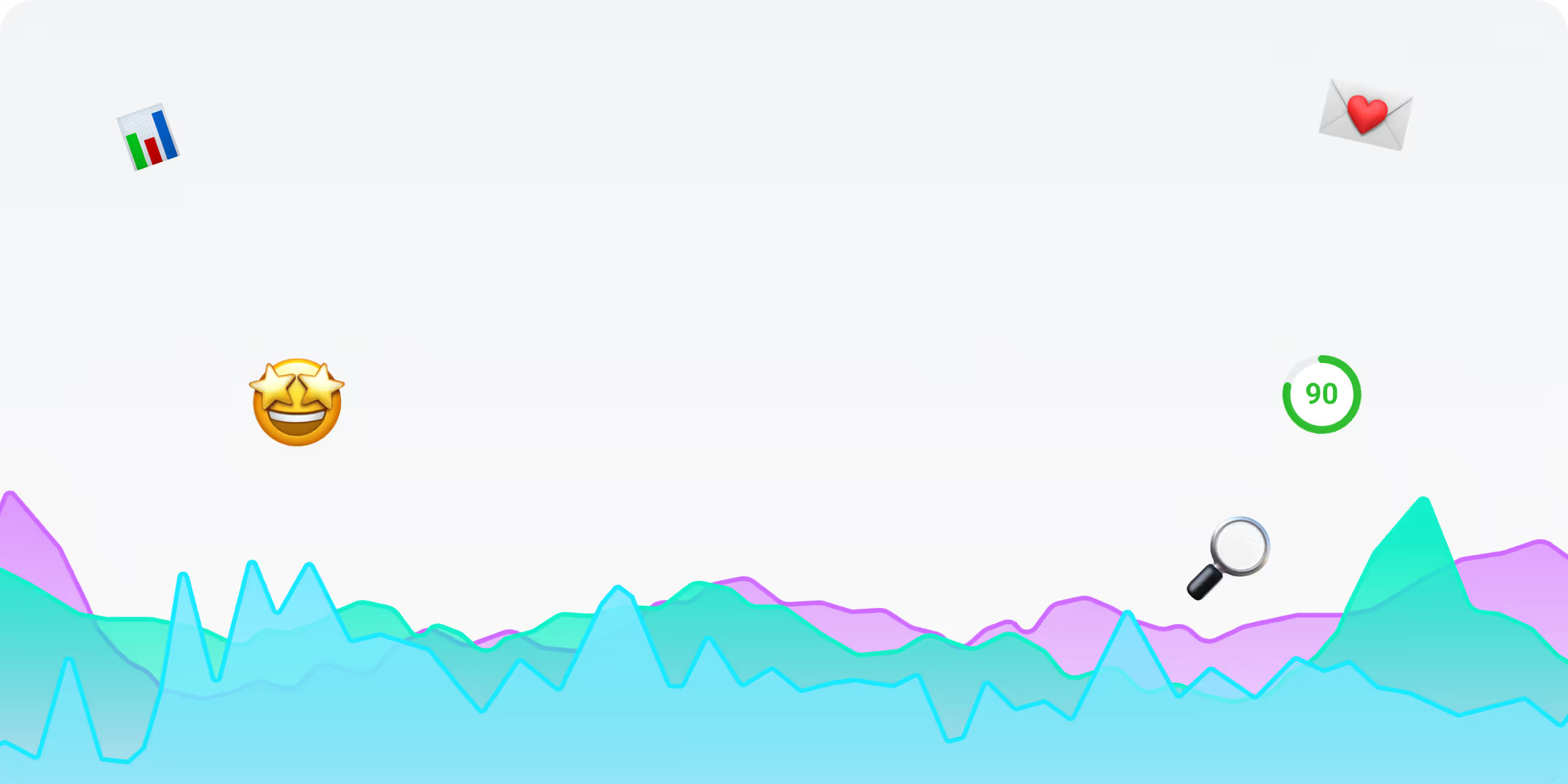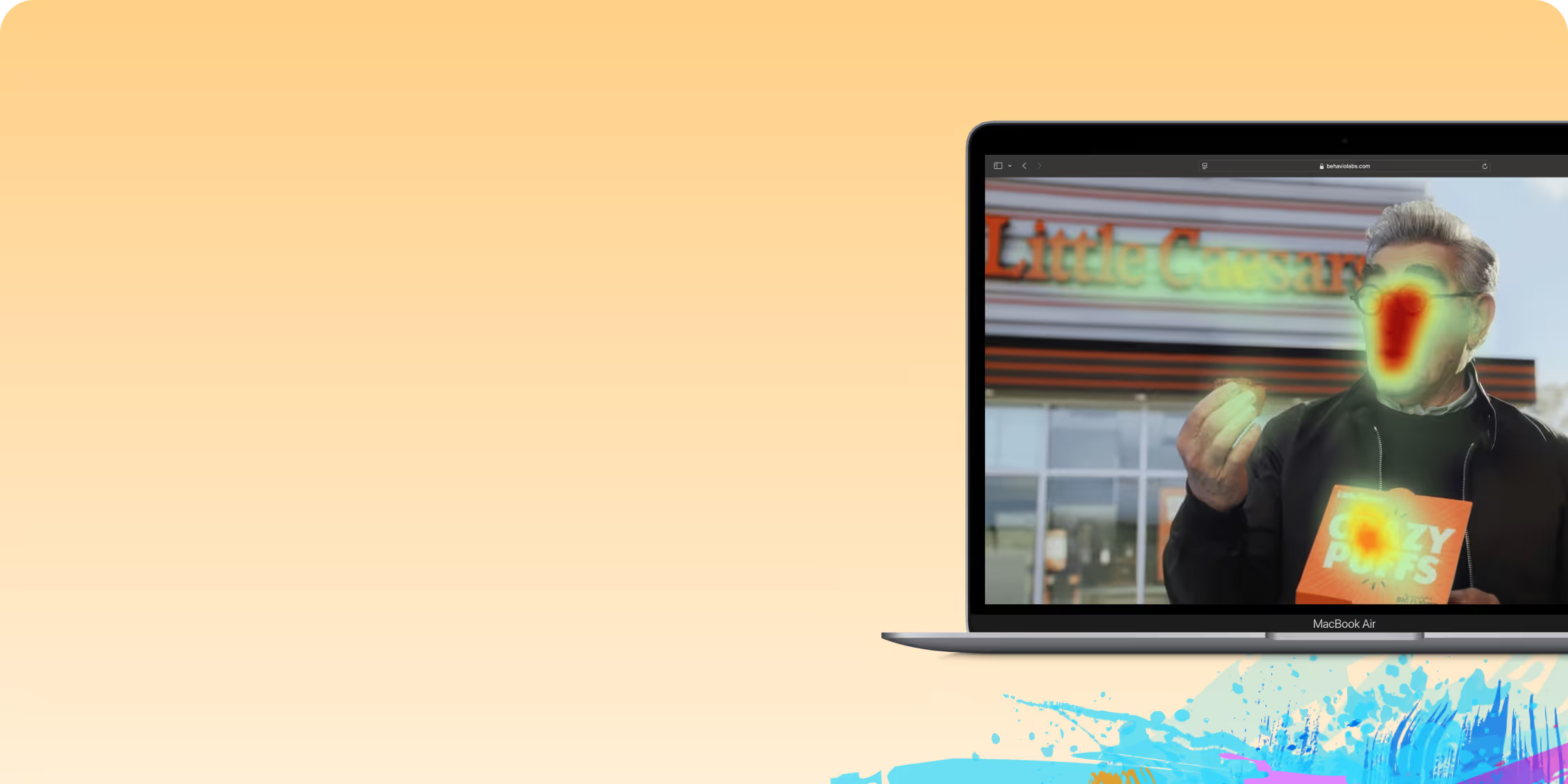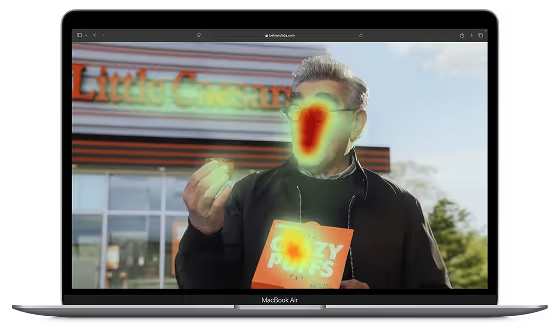Marketers use familiar survey tools, including questionnaires, Likert scales (rating 1–5), and Net Promoter Score (NPS) surveys to gauge audience reactions.
However, most human decision-making (about 95%) happens subconsciously, beyond what people can accurately self-report. Simply put – what people say often isn't what they'll do when it comes to buying behavior.
Recently, new alternatives – like Behavio – have emerged, that offer fast, affordable ad testing combined with behavioral science to measure what will truly make an ad effective.
What are traditional survey tools?
Ad testing survey tools collect direct feedback from consumers via structured questions. After viewing an ad, respondents might rate how much they liked it or how likely they are to purchase the product.
These tools gather conscious, declarative feedback; essentially, they tell you what people say about your ad.
Such surveys have been a staple of market research for decades, and they can be useful for:
- Getting quick pulse checks on audience opinions
- Collecting conscious feedback on specific questions
- Obtaining a general satisfaction score
When getting a general vibe from respondents is sufficient, traditional surveys deliver relatively quickly.
However, when it comes to testing advertising creatives, they have serious limitations.
Limitations of survey tools
People are not always aware of their subconscious motivations and often can't predict their future behavior accurately. A respondent might give an ad a high score in a survey, yet that same ad might fail to grab their attention or spur action in the real world.
Surveys engage the rational, analytical part of the mind, which is less involved in actual purchase decisions.
Long story short – traditional survey tools capture what people consciously think, but not necessarily what truly drives their behavior.
Comparing ad testing survey tools and Behavio

Sample size
Many ad tests using traditional research rely on small sample groups – often around 150 respondents per ad, leading to high statistical error (metrics can vary by ±8% or more). Small samples make it difficult to segment results by target subgroups reliably.
Behavio runs every ad test with over 500 respondents drawn from the target population.
These are representative samples of consumers, not just a small local group – that means you can trust the findings and also slice the data by demographic or buyer segments without losing reliability.
Speed and cost
Traditional survey projects through research agencies can take several weeks and cost tens of thousands of dollars. High costs mean you can only afford to test a few ideas before going live.
Behavio provides detailed results in just a few days at a fraction of traditional costs.
While traditional solutions charge $10,000 to $20,000+ per creative, Behavio offers ad testing at a fraction of that price that lets even smaller companies make data-driven creative decisions.
Insights
Traditional surveys gather surface-level metrics: overall liking scores, verbatim comments, recall questions, and purchase intent ratings.
These lack depth and can't identify which moments grabbed attention or triggered emotion.
Behavio provides a complete picture through three key ingredients of advertising effectiveness:
- Brand
- Need (message)
- Emotion
You'll see emotional reactions second-by-second, brand recall over time, and message clarity.
AI-driven heatmaps trained on data from 20,000 eye-tracking experiments show which specific parts grab the most attention.

Result accuracy
One of the biggest drawbacks of survey-based research is its reliance on self-reported data. People have to reflect on their experience and then articulate it, often by choosing a number on a scale or writing an answer. This process is rife with potential biases and errors.
- For example, with Likert scale questions (“On a scale of 1 to 5, how memorable was the ad?”)
- Respondents may interpret the scale differently
- They might default to safe, middle-of-the-road answers
- Give the answer they think the researcher wants to hear, a phenomenon known as social desirability bias.
- Likewise, the popular NPS question (“How likely are you to recommend this to a friend?”) is fine as a quick pulse, but not reliably predictive of future behavior.
- NPS boils down a complex sentiment into a single number that lacks context
- It can be skewed by extreme responses.
- Doesn't even account for neutral opinions.
Behavio avoids these self-report pitfalls by using implicit, behavioral measures.
Rather than asking a viewer to rate their emotions or intentions (which is what some survey-based tools or even certain neuromarketing firms do after the fact), Behavio observes instinctive reactions in the moment.
Behavio tasks respondents instead of asking them complex questions which yields more accurate and predictive results reflective of real-world decision-making.
In plain terms, Behavio collects what people do rather than what they later say.
Final thoughts
While surveys remain useful for quick checks and direct feedback, today's marketing leaders need more than what consumers say.
In a world where every marketing dollar counts, moving beyond Likert scales and NPS scores to a behavioral approach can make the difference between an ad that flops and one that truly connects.
To create winning campaigns that drive real-world results, you need tools that combine modern technology's speed and depth with behavioral science's accuracy.












.avif)








